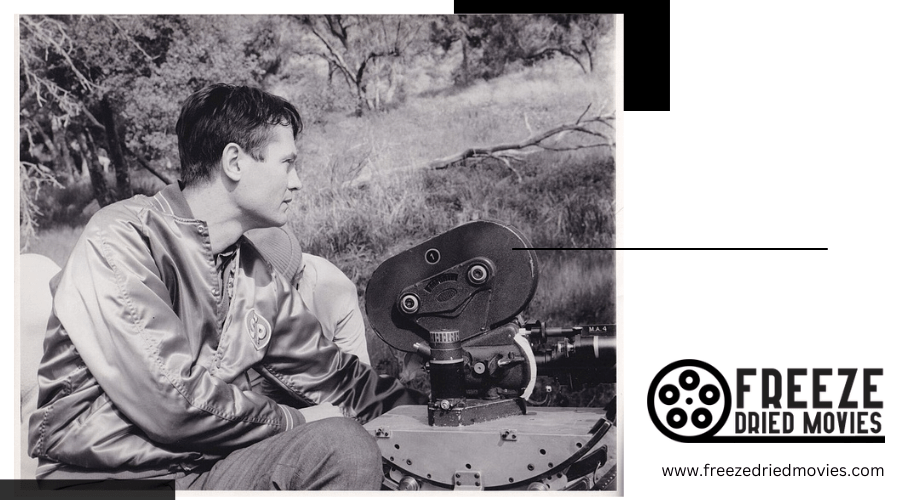Choosing versatile pieces for travel

Select lightweight, moisture-wicking fabrics that keep you comfortable in various climates. Look for items that dry quickly after washing and can withstand repeated wear without looking worn out. These materials help regulate body temperature, making them ideal for both hot and cool environments.
Consider styles that offer versatility, like pieces that can transition from casual outings to more formal occasions with just a change of accessories. Opt for neutral colors or classic patterns that mix and match easily, allowing you to create multiple outfits with a limited wardrobe.
Total travel ease can be achieved with items that feature multiple pockets or hidden compartments. These designs enhance functionality, enabling you to carry essential items without needing an extra bag. Seek clothing with built-in UV protection to safeguard your skin while enjoying outdoor activities.
Finally, always prioritize comfort by selecting fits that allow for freedom of movement. A well-chosen outfit not only looks great but also makes your experience more enjoyable. Embrace the practicality of garments that blend style and performance for your next expedition.
Identifying Fabrics That Adapt to Various Climates
Look for moisture-wicking materials such as polyester or nylon for warm and humid surroundings. These fabrics allow sweat to evaporate quickly, preventing discomfort.
For cooler environments, prioritize wool or fleece. Both fabrics retain heat and provide insulation, making them excellent options for colder conditions.
Consider cotton for mild climates. Itís breathable and comfortable, although it may not perform well in extreme conditions.
Check out blends that combine properties of different materials. For example:
- Merino wool: Great for temperature regulation and moisture control.
- Poly-cotton blends: Durable yet soft, offering breathability and reduced wrinkling.
For versatility, look for fabric treatments such as water repellents or UV protection. These features enhance the usability of garments in unpredictable weather.
Layering is key, so select lightweight pieces that can be easily added or removed. Fabrics like jersey or lightweight knits are excellent for this purpose, as theyíre flexible and easy to pack.
Check garments for quick-dry features, especially if venturing into variable climates. Fabrics that dry rapidly can be a lifesaver when encountering unexpected rain.
Research brands that focus on these adaptive materials for more reliable finds. You can explore options and gather insights from various articles, such as those found at https://gosharubchinskiy.com/.
Selecting Colors That Match Multiple Outfits
Opt for neutral shades like black, white, beige, or gray. These hues serve as a foundation for endless combinations, allowing you to create an array of ensembles effortlessly.
Consider earth tones, such as olive green, rusty red, and mustard yellow. These colors not only blend well together but also harmonize with various patterns and textures, enhancing overall style.
Incorporate accents of navy blue or deep burgundy into your wardrobe. These colors are versatile enough to pair with different shades while adding a touch of richness.
Avoid overly bright colors unless they can easily complement other pieces. Intense shades might limit pairing options and can lead to a disjointed look.
Test combinations by mixing and matching pieces at home before your next trip. This helps establish which colors work best together, ensuring every item serves its purpose.
Pay attention to fabric when choosing colors. Certain materials can alter how shades appear; for instance, a matte finish can soften a bright tone, making it more versatile.
Keep patterns minimal if you want to maximize matching options. If you choose patterned items, select colors from the pattern that coordinate with your solid pieces.
Stay informed about seasonal trends, which can introduce fresh color ideas to your wardrobe. However, prioritize timeless shades that wonít quickly go out of fashion.
Finally, trust your instincts. Colors you love will boost your confidence and help you feel your best, making them worthwhile choices for diverse outfits.
Choosing Cuts That Flatter Different Body Types
For an ideal silhouette, prioritize A-line shapes for pear figures; they accentuate the waist while skimming over hips. This cut creates balance and adds elegance. Try tops with a defined waist to draw attention upward.
For those with a rectangular frame, opt for pieces that create the illusion of curves. High-waisted cuts and peplum styles help create shape by adding dimension to the waist. Layering with a structured jacket can also add interest.
If you possess an hourglass structure, fitted styles are your best bet. Wrap dresses and tailored blazers enhance natural curves, highlighting both the waist and bust. Avoid overly loose garments that can hide your figure.
Athletic body types benefit from cuts that soften angles. Flowy fabrics and dresses with a bit of draping can introduce femininity. Off-the-shoulder and ruffled styles draw focus to the neckline while adding a playful touch.
| Body Type | Recommended Cuts |
|---|---|
| Pear | A-line, defined waist tops |
| Rectangular | High-waisted, peplum |
| Hourglass | Fitted, wrap dresses |
| Athletic | Flowy, draped fabrics |
Understanding your body type allows for intuitive selections, ensuring comfort and style. Focus on how pieces enhance your natural shape, boosting confidence with every outfit. Aim for versatility to mix and match in any scenario.
Considering Layering Options for Flexibility
Start with a lightweight base layer made from breathable fabric, like merino wool or moisture-wicking synthetic materials. These materials regulate temperature, keeping you comfortable across varying climates.
Add a mid-layer, such as a softshell or fleece jacket, which provides insulation when the temperature drops. Look for styles with zippered pockets for practicality and designs that offer ease of movement.
An outer layer, like a water-resistant shell, is crucial for protection against wind and rain. Choose one that packs easily into a small pouch for convenience. This way, you save space in your backpack while staying prepared for unexpected weather changes.
Consider choosing layers in neutral colors that can mix and match easily. This versatility allows for various outfit combinations without taking up much room in your bag. Accessories can elevate a basic look; add a scarf or a beanie for extra warmth and style.
Donít forget about the benefits of layering for travel comfort. With various combinations, adjusting your outfit to suit temperature fluctuations or different activities becomes effortless. This approach helps avoid overpacking while ensuring you have solutions for different situations.
Invest in versatile pieces that transition seamlessly from day to night. A stylish, lightweight cardigan can serve as casual wear during the day and elevate your look for an evening out.
Lastly, prioritize fabrics that resist wrinkles and dry quickly. This keeps you looking sharp without hassle, allowing you to focus on enjoying your surroundings.
Evaluating Functionality for Different Activities
For those excursions that involve physical activity, opt for breathable materials that wick moisture away, keeping you cool and dry. Look for items with stretch properties to ensure freedom of movement, especially for hiking or cycling. Zippered pockets can be handy for securing accessories while you're on the move.
Transitioning from day to night? Select pieces that maintain style without sacrificing comfort. Choose a neutral palette that layers well; a simple top can be dressed up with accessories for evening outings. Light fabrics that resist wrinkling make for easy packing and keep you looking sharp.
If cultural experiences are on the agenda, consider clothing that covers the shoulders and knees to respect local customs. Lightweight shawls are versatile for warmth or modesty and can add flair to your outfit. Fabrics that can be hand-washed and dry quickly allow for effortless maintenance during your travels.
For city adventures, prioritize footwear with supportive soles. Comfortable sneakers are a must for long walks, but stylish flats can also work well. Look for outfits that can transition from casual sightseeing to a nice dinner without requiring a full wardrobe change.
Weather variability calls for adaptable layers. A mid-weight jacket or a water-resistant shell is key for unexpected rain. Thermal base layers can be paired with outer layers to manage warmth effectively. Always check for functionality in seams and zippers; these details can enhance durability.



